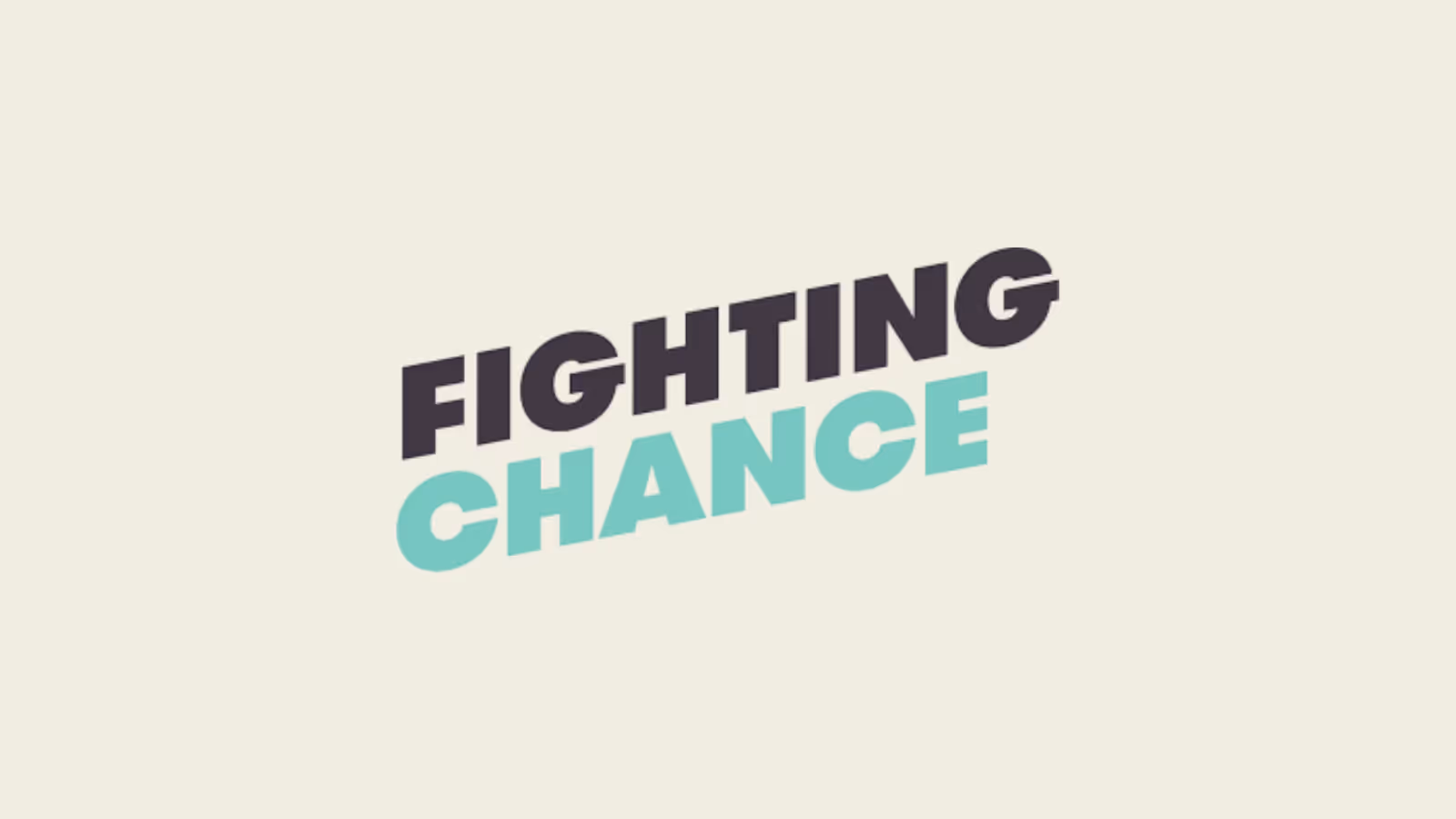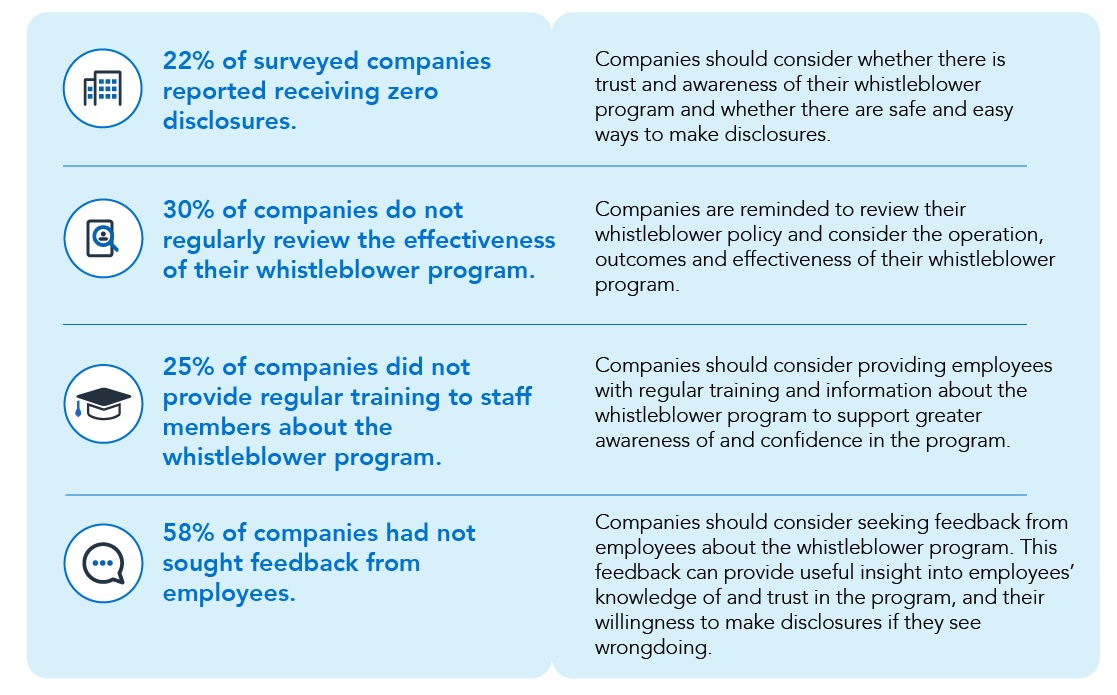Workplace Bullying Statistics
Workplace bullying statistics reveal serious effects on wellbeing and performance.

Workplace bullying is a pervasive issue that affects employees across various industries and sectors. It involves repeated, unreasonable actions aimed at intimidating, degrading, or humiliating an individual or group.
These actions can significantly impact the well-being, productivity, and morale of employees. Understanding the prevalence and impact of workplace bullying through statistics is crucial for employers, HR professionals, and policymakers to create effective interventions and foster a healthier work environment.
This page provides a comprehensive summary of key statistics on workplace bullying, highlighting its frequency, forms, and consequences. By examining these figures, we aim to shed light on the scope of the problem and underscore the importance of implementing robust anti-bullying policies and support systems within organizations.
How Common is Bullying in the Workplace?
- Australia has the sixth-highest rate of workplace bullying compared to 34 European countries, with the national average increasing by 40% in recent years [1].
- In Australia, 37% of workers have reported being cursed or yelled at in the workplace [2]
- According to the AWU, one in two Australian workers have experienced bullying, harassment, or exposure to inappropriate behavior [3]
- A 2014 Workplace Bullying Institute survey found that 68% of women reported being bullied by other women [4]
- A Monster poll revealed that 51% of respondents were bullied by their boss or manager, 39% by co-workers, and 4% by clients or customers [5]
Remote Work and Bullying
- A study by the University of Sheffield and Nottingham University found that 80% of adults experienced cyberbullying at work in the past six months, with 14-20% victimized in the last week [6]
- The Workplace Bullying Institute reported that 43.2% of remote workers experienced bullying in 2021, often during virtual meetings [7]
- Workplace cyberbullying has been linked to emotional problems, decreased job satisfaction, poor workplace performance, and reduced well-being [8]
- A CIPD study from January 2020 found that 10% of workers reported being bullied via email, phone, or social media [9]
Financial Costs of Workplace Bullying
- Up to 50% of Australian workers have experienced bullying, with an estimated annual cost to the economy of $6-$36 billion [10]
- Safe Work Australia found that females made twice as many claims as males for compensation related to bullying and workplace violence from 2016 to 2019 [11]
- Bullying leads to significant productivity losses, with 10-52% of a bullied employee’s time spent being ‘unproductive’ due to stress, anxiety, and related illnesses [12]
On Anti-Bullying Strategies
- A 2011 SHRM survey indicated that 56% of companies have anti-bullying policies, though these are often insufficient on their own [13]
- A 2016 study on cyberbullying in Australia’s public sector found that over half of respondents felt their organization’s anti-bullying strategies were ineffective [14]
- Research by Segal Conflict Solutions reported that bullying increased during the COVID-19 pandemic, with over a third of employees feeling they could not approach HR about the issue and 91.2% not feeling supported during the complaints process [15]
Related Articles
- Workplace Absenteeism Statistics
- Mental Health in Construction Statistics
- Employee Burnout Statistics
- Bullying as a Workplace Hazard
Data Sources
[1] “Building mental health into the construction industry”, http://www.engineersaustralia.org.au
[2] “Mental health in the construction industry”. http://www.pc.gov.au
[3] “Blueprint For Better Mental Health and Suicide Prevention”, http://www.constructionblueprint.com.au
[4] “Measuring the psychological impact of work related stress and related occupational factors in the Australian infrastructure construction industry”, http://www.overnewton.vic.edu.au
[5] “Measuring the psychological impact of work related stress and related occupational factors in the Australian infrastructure construction industry”, http://www.overnewton.vic.edu.au
[6] “Black Dog Institute turns to construction workers to address mental health support”, http://www.blackdoginstitute.org.au
[7] “Assessment of Construction Workers’ Mental Health”, stacks.cdc.gov
[8] “Mental Health in UK Construction: The Statistics”, http://www.matesinmind.org [9] “Suicide Increasing Among American Workers”, archive.cdc.gov
[10] “Measuring the psychological impact of work related stress and related occupational factors in the Australian infrastructure construction industry”, http://www.overnewton.vic.edu.au
[11] “Mental health in construction remains a major concern”, http://www.pbctoday.co.uk
[12] “Mental Health in UK Construction: The Statistics”, http://www.matesinmind.org
[13] “The Impact Of Workplace Bullying On Mental Health And Suicidality In Queensland Construction Industry Apprentices”, mates.org.au
[14] “The Impact Of Workplace Bullying On Mental Health And Suicidality In Queensland Construction Industry Apprentices”, mates.org.au
[15] “Spotlight: Mental health in Construction in Australia (+Tools to help)”, http://www.latham-australia.com
[16] “MATES in Construction”, mentallyhealthyworkplaces.gov.au
[17] “MATES in Construction”, mentallyhealthyworkplaces.gov.au
[18] “Black Dog Institute turns to construction workers to address mental health support”, http://www.blackdoginstitute.org.au
[19] “Black Dog Institute turns to construction workers to address mental health support”, http://www.blackdoginstitute.org.au
[20] “MATES in Construction”, mentallyhealthyworkplaces.gov.au
[21] “Mental Health and Well-being in the Construction Industry”, workplacementalhealth.org
[22] “”Mind matters: construction workers reply to CN’s mental health survey”, http://www.constructionnews.co.uk
[23] “”Mental health and well-being in the workplace”, http://www.deloitte.com
[24] “Findings Report: Mental Health in Construction 2022”, http://www.safework.nsw.gov.au
[25] “MATES in Construction”, mentallyhealthyworkplaces.gov.au
[26] “Workplace Research Monthly”, http://www.comcare.gov.au
[27] “MATES in Construction: Impact of a Multimodal, Community-Based Program for Suicide Prevention in the Construction Industry”, http://www.ncbi.nlm.nih.gov

Hello 👋 I’m Joel the founder of Foremind.
Are you ready for simplified support & compliance?
Latest insights
Answers to the frequently asked questions.
Still have questions?
Email us at enquiries@foremind.com.au and we'll get back to you quickly with a response
Yes, we have culturally competent counsellors available, including those able to work with first nation and CALD employees.
Onshore on secure AWS Servers in Sydney Australia. All data is encrypted in transit and at rest and our entire team is located in Australia.
Employees can access our platform on any device (mobile, laptop, desktop, etc.) as long you have the website link - no need to download any app on devices. You wouldn’t need to enrol any of your staff individually.- When we do our onboarding, we ask for the first name, last name and email of all your employees, and send out an email invite to all them which will allow them to create their own individual account to access the platform. For new staff we can also invite them or provide you with a unique link to embed in your onboarding process, whichever is more convenient for you. We also kick things off with a launch webinar or video to make sure everyone is aware of Foremind and how to use it. We’ll also provide you with any collateral such as posters, QR codes, brochures etc. to help drive awareness and encourage people to create an account in the platform.
The support line is answered by our reception service 24/7. It is for urgent platform or session-related issues only (e.g. *“My counsellor didn’t show”*) or helping staff create an account.






